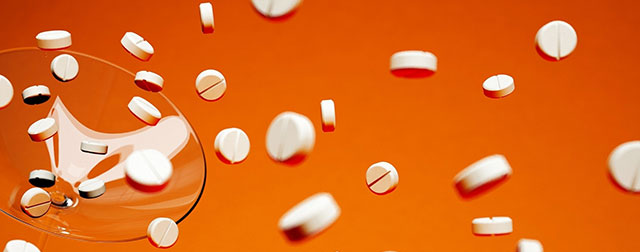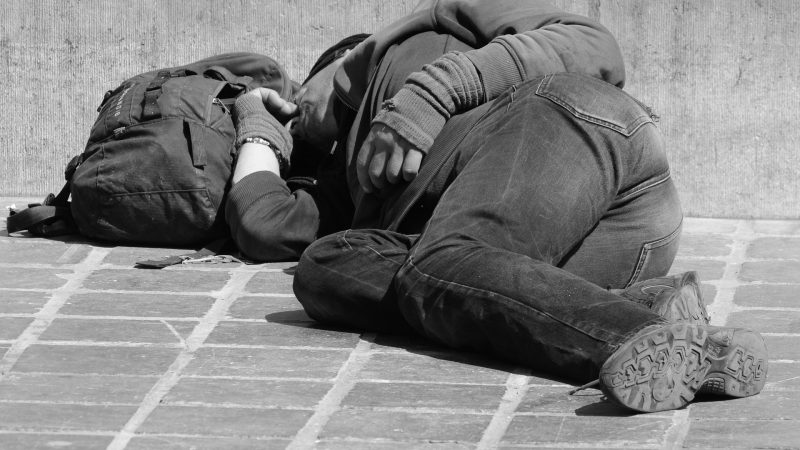Robin McKinney wasn’t wearing the right shirt. She also didn’t have all of her supplies. But the night was warm for mid-November, and that had gotten her worried. So she went anyway, pulling up to a Southeast Washington park hit hard by synthetic drugs, trying to make a difference on an issue she believes is usually met with indifference.
The District had just seen another spike in K2 overdoses, this one smashing previous levels, with 1,054 overdoses in September alone. And McKinney, whose activism represents the latest chapter in the city’s ongoing struggle against the drug, wanted to get information to the people most in peril.
Over the past two years, abuse of K2 — a group of synthetic cannabinoids whose chemical composition varies — has increased among the homeless, according to city officials and social workers. The fallout has been visible in some pockets of the city, where users writhe from overdoses on street corners, in homeless shelters and in parks like this one, near the intersection of Martin Luther King Jr. and Malcolm X avenues, terrifying onlookers.
Last month, the city passed legislation outlawing certain categories of chemical compounds, easing prosecution of dealers who had consistently tweaked their composition of the drug to stay ahead of law enforcement. City officials have also cracked down on stores illegally selling synthetic drugs, strengthening penalties for doing so.
“It’s a drug of convenience,” said Tanya A. Royster, director of the D.C. Department of Behavioral Health, adding that overdoses rarely result in death, killing just eight people since the beginning of 2017. “Whoever’s looking for something convenient, and in our community, that happens to be the [chronically] homeless male population, predominantly.” (For full story, see latest issue.)
Homeless people are synthetic drugs’ latest victims



